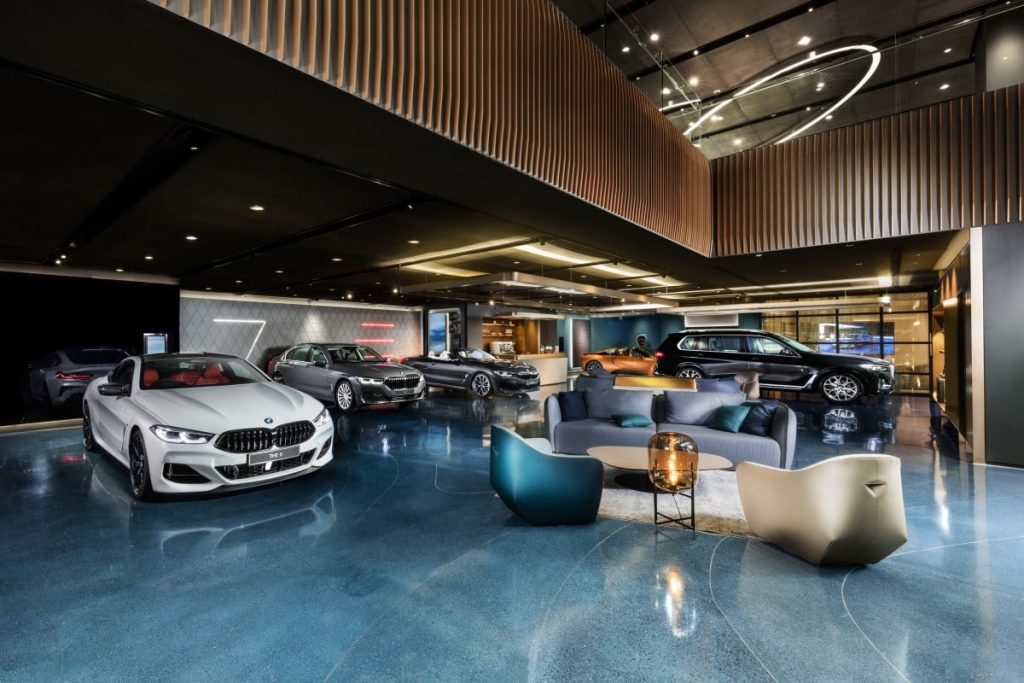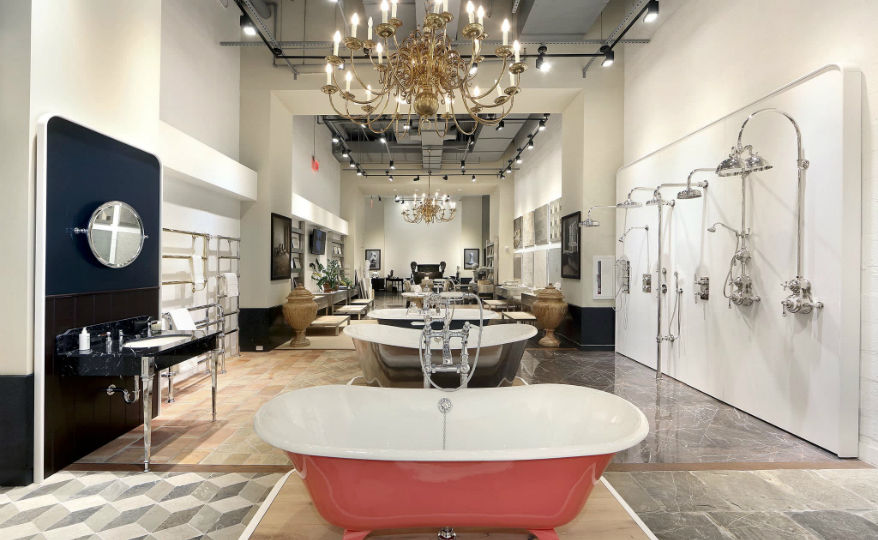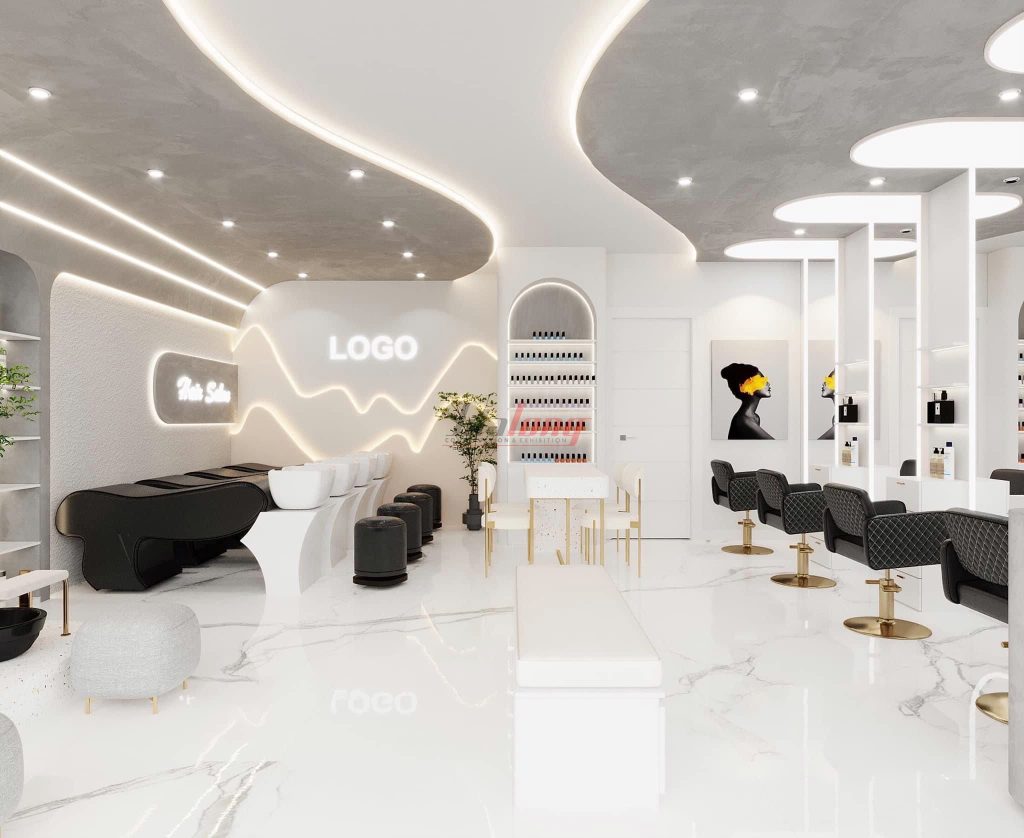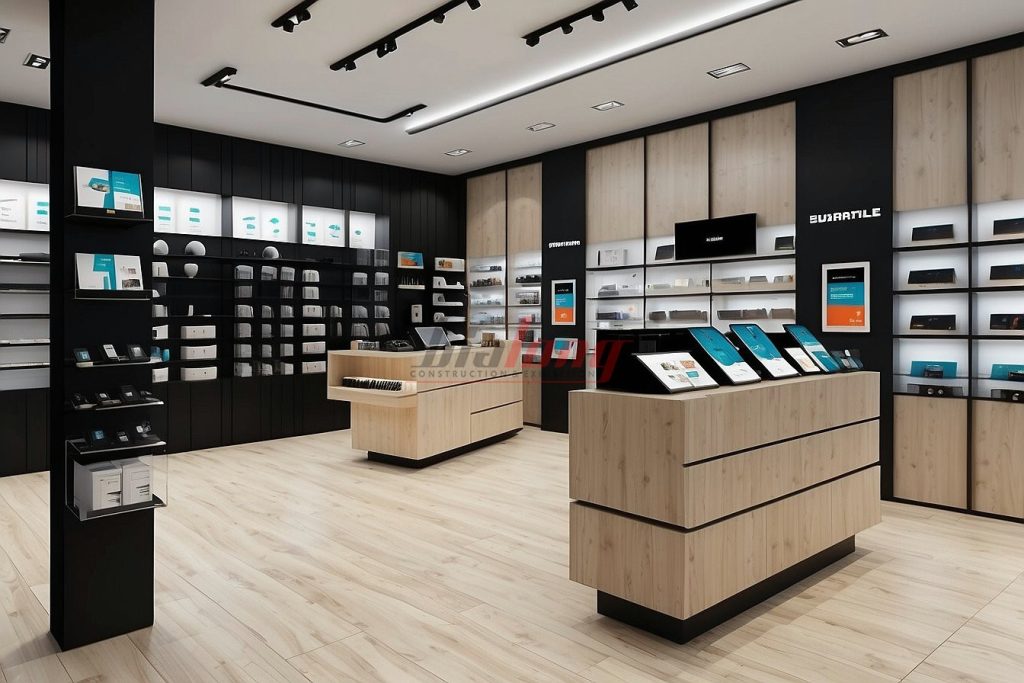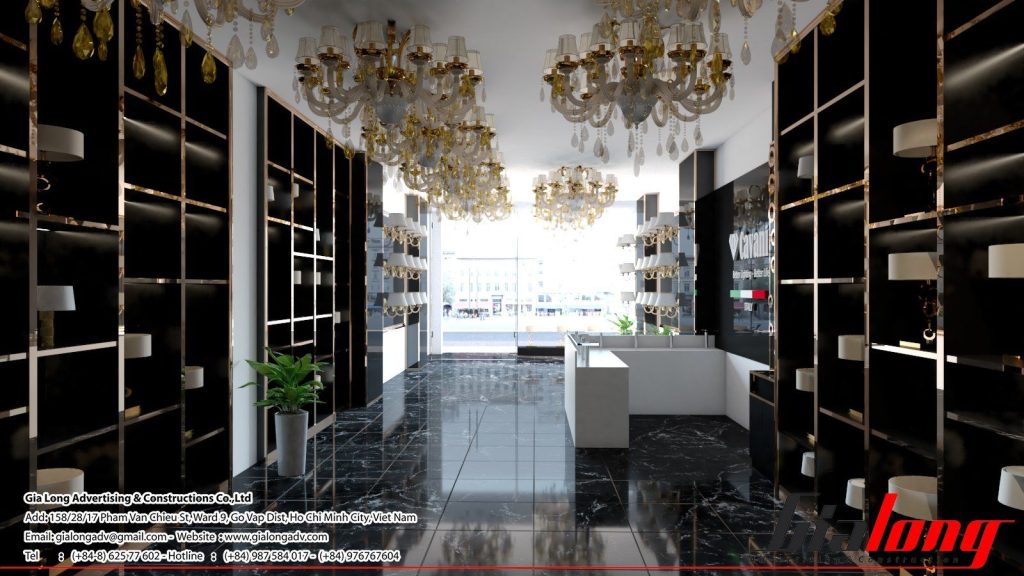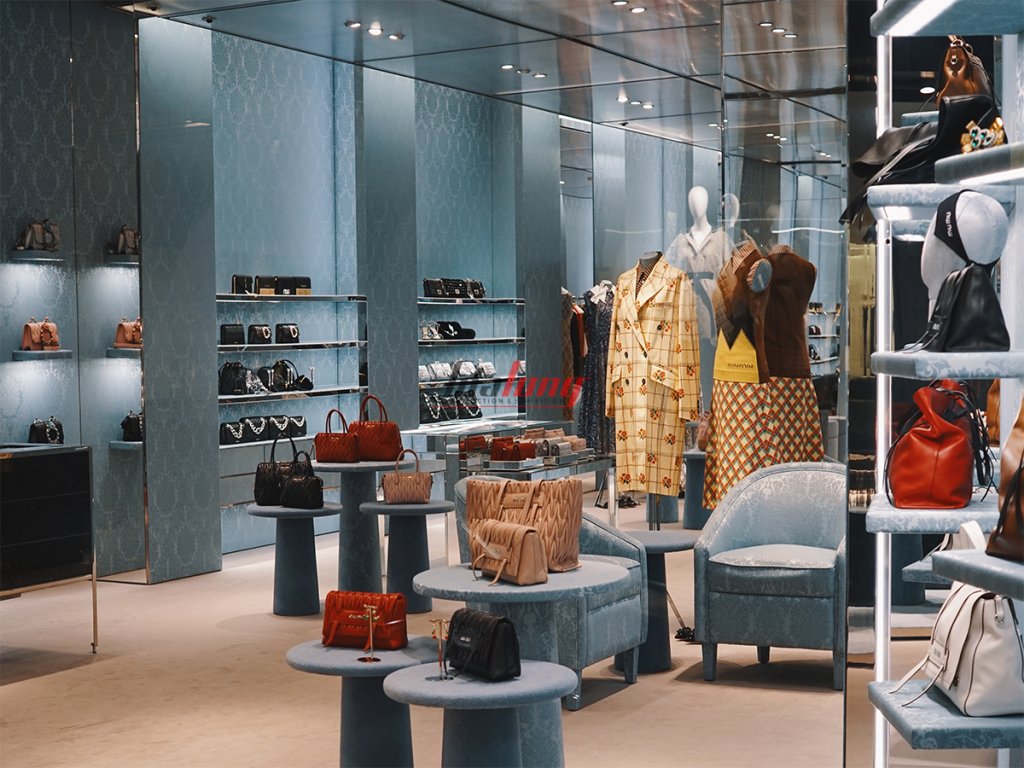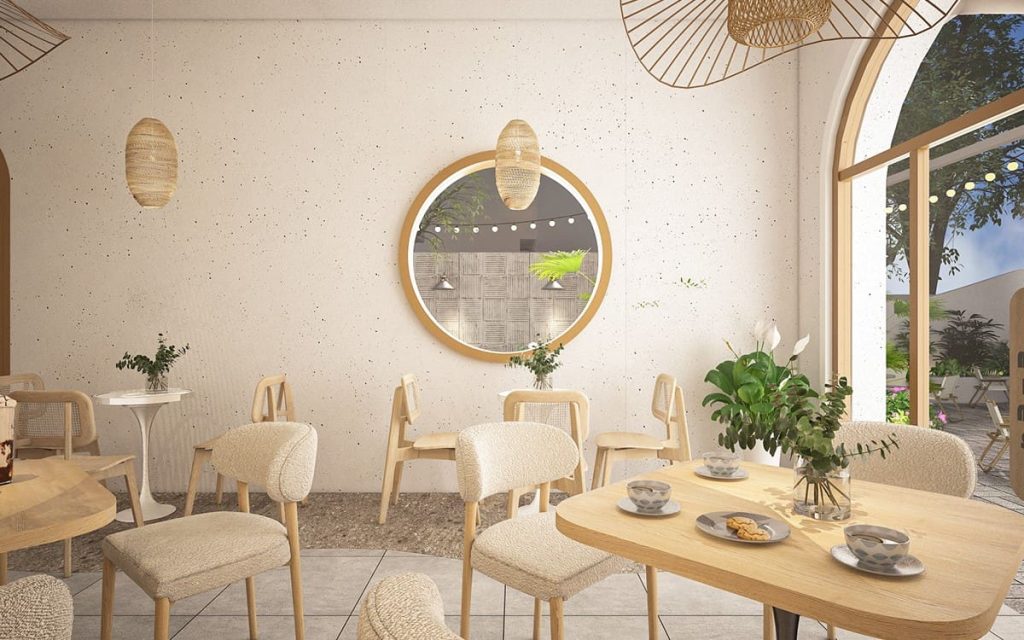In today’s retail world, a stunning shop goes beyond displaying goods. Balancing shop interior design cost is key to creating an inviting space that attracts customers and boosts your bottom line without overspending. It’s a powerful tool for success. Yet, for many shop owners, the challenge lies in managing these expenses effectively. The shop interior design cost can vary widely, spanning from hourly consultations to full construction projects. This article breaks down each aspect of design and building expenses, offering practical strategies to maximize your resources so your shop stands out and performs brilliantly.
Factors Influencing Shop Interior Design Costs
Shop interior design costs vary widely based on key factors that demand careful consideration for accurate budgeting. Here’s a detailed breakdown:
- Shop Size: Basic design and construction for smaller spaces under 500 sq.ft. might cost $1,500–$3,000, while larger ones over 1,000 sq.ft. can climb to $15,000–$30,000 or more due to increased materials, labor, and time. For example, a 1,500-sq.ft. shop with mid-range finishes could hit $40,000.
- Location: Urban centers like New York or London see labor and material costs 20–30% higher than suburbs or rural areas, driven by elevated demand and living expenses. Flooring in downtown LA might cost $20/sq.ft., compared to $14/sq.ft. in a nearby suburb.
- Design Complexity: Minimalist setups with off-the-shelf shelves and simple lighting stay under $5,000 for 800 sq.ft., but custom designs—like a high-end fashion store with bespoke counters or a themed cafe with industrial vibes—can exceed $20,000 for the same space, adding 20–40% for unique features.
- Materials: Budget options like laminates ($10–$15/sq.ft.) or basic paint ($2–$3/sq.ft.) keep costs low, while premium choices such as natural wood ($30–$50/sq.ft.), tempered glass ($80–$150/sq.ft.), or plated metal ($100–$200/sq.ft.) cater to luxury projects. Switching to walnut shelving over MDF could add $5,000 to a 1,000-sq.ft. shop.
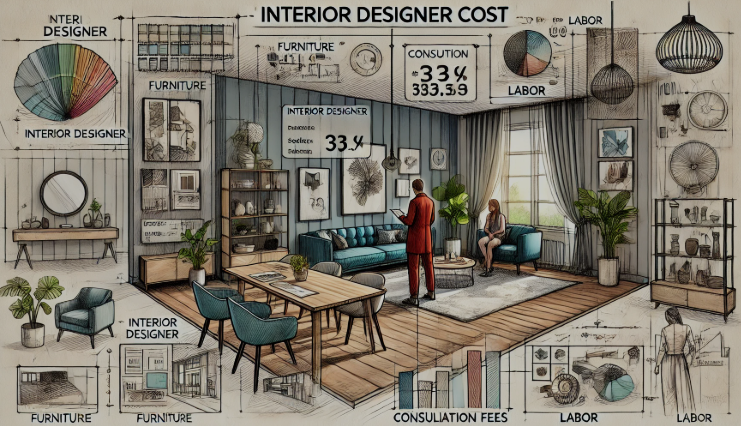
What’s the Cost of Shop Interior Design in 2025?
Effective budgeting requires a clear understanding of each cost component in your shop project. Here’s an in-depth look at the main categories.
Hourly Design Costs
Hourly design suits limited, targeted needs, with rates from $50 to $200/hour depending on the designer’s expertise and region. In major cities, expect $100–$200/hour, while smaller towns might offer $50–$80/hour. This includes initial consultations, hand-drawn or simple software sketches, and basic layout suggestions, typically 3–10 hours per project.
Flat-Rate Design Costs
Flat-rate packages are ideal for comprehensive projects, ranging from $2,500 to $20,000+ based on scope and detail. Entry-level packages ($2,500–$5,000) provide 2D plans, material lists, and simple layouts for small shops or startups. Mid-tier options ($8,000–$15,000) add 3D renderings, specific furniture picks, and lighting plans, while high-end packages ($15,000–$20,000) include full branding design, project management, and contractor coordination (construction excluded). Learn more about interior design basics for foundational insights.
Construction Costs
Construction is the biggest expense, ranging from $10,000 to $50,000+ depending on size, complexity, and finish quality. Costs break down into labor (carpenters $50–$80/day, electricians $60–$100/day, painters $40–$70/day), materials (flooring $10–$30/sq.ft., shelving $200–$1,000/unit, decorative walls $20–$50/sq.ft.), and permits for major renovations ($200–$500).
- Real Example: A 1,000-sq.ft. shop with mid-tier finishes (laminate flooring, modular shelves, basic LEDs) costs $18,000, including $8,000 in materials and $10,000 for 15 days of labor ($667/day for a 5-person crew). Adding a custom counter and glass panels could push it to $25,000.
- Variables: Ground-floor shops are cheaper to build than upper floors (extra $200–$500 for material transport), and demolition-heavy projects ($1,000–$3,000) cost more than bare spaces.
- Coordination Advantage: A designer managing construction prevents mistakes (e.g., misaligned fixtures) and keeps timelines tight, saving 5–10% overall. Visit an Interior designer showroom for inspiration.
Hidden Costs to Watch Out For
Beyond obvious expenses, hidden costs can derail your budget if overlooked. Here’s what to anticipate:
- Unexpected Repairs: Older leased spaces often need fixes like rewiring ($500–$1,000), patching moldy walls ($300–$900), or reinforcing floors ($1,000–$2,000). A 600-sq.ft. shop once faced a $1,500 plumbing fix mid-construction.
- Shipping Fees: Delivering shelves or counters costs $100–$300 locally, rising to $500–$1,000 for imported or oversized items (e.g., a 10-ft. counter).
- Rush Charges: Tight deadlines—like finishing in 10 days vs. 20 for an opening—can hike labor and oversight costs by 10–20%, adding $1,000–$3,000 to a mid-sized project.
- Legal Fees: Some locations require permits ($200–$500) or safety inspections ($150–$300) for renovations, especially in malls or historic districts.
- Mitigation Tips: Demand a detailed quote covering potential extras, inspect the space pre-contract, and buffer your budget by 10–15% (e.g., $2,000 on a $15,000 project) for flexibility.
Maximizing Value on a Shop Design Budget
You can achieve a striking shop without overspending by leveraging these practical strategies:
- Modular Furniture: Flexible shelving ($500–$1,000/unit) adapts to future layouts and costs less than custom fixed pieces ($2,000–$5,000). A 500-sq.ft. shop saved $1,500 using modular units over built-ins.
- Prioritize Key Zones: Allocate 60–70% of your budget to the entrance, displays, and front lighting for instant appeal, keeping the backrooms basic with cheap paint ($100) and off-the-shelf racks ($200).
- Local Suppliers: Buying flooring or LEDs locally cuts shipping ($100–$300 savings) and often secures 15–20% lower prices, especially in bulk. A 1,000-sq.ft. shop saved $2,000 sourcing laminate nearby.
- Phased Approach: With tight funds, design fully now ($2,000–$5,000), build the main area first ($5,000–$10,000), and finish later (3–6 months) when cash flow improves, easing financial strain while launching on time.
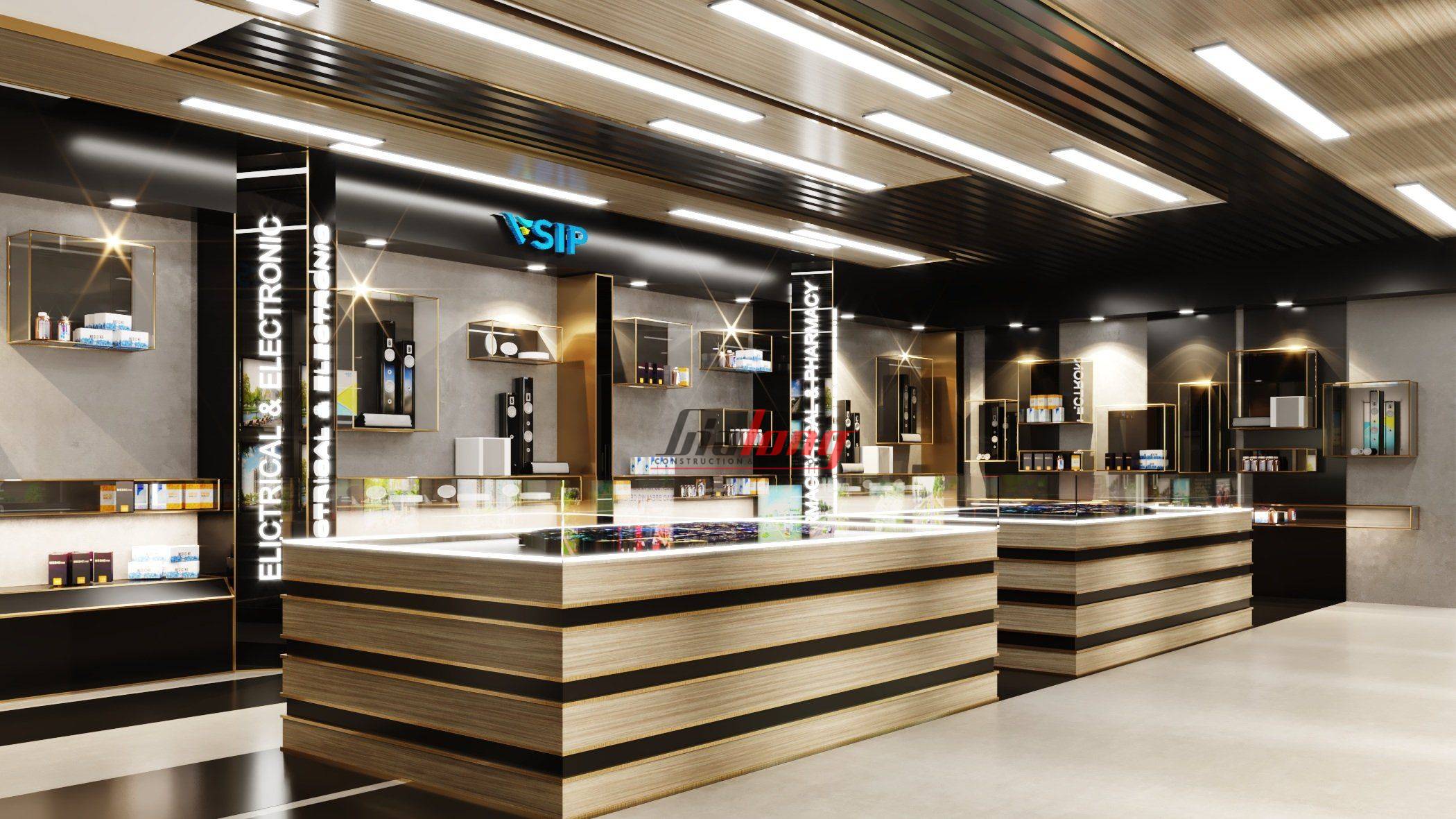
Why Professional Design Pays Off for Shops
Expert design delivers measurable business advantages beyond aesthetics:
- Boosts Customer Appeal: Thoughtful layouts (clear paths, eye-catching displays) extend dwell time by 20–30 minutes, lifting sales potential 15–20%, per 2024 International Retail Association data. A clothing shop saw an 18% revenue jump post-redesign.
- Strengthens Branding: Consistent design (e.g., blue tones for a tech store) with logos and style builds lasting recognition, setting you apart in crowded markets.
- Prevents Costly Errors: Pros sidestep pitfalls like dim lighting (cuts product appeal 30%), tall shelves (hard to reach), or narrow aisles (customer frustration), saving $2,000–$5,000 in future fixes.
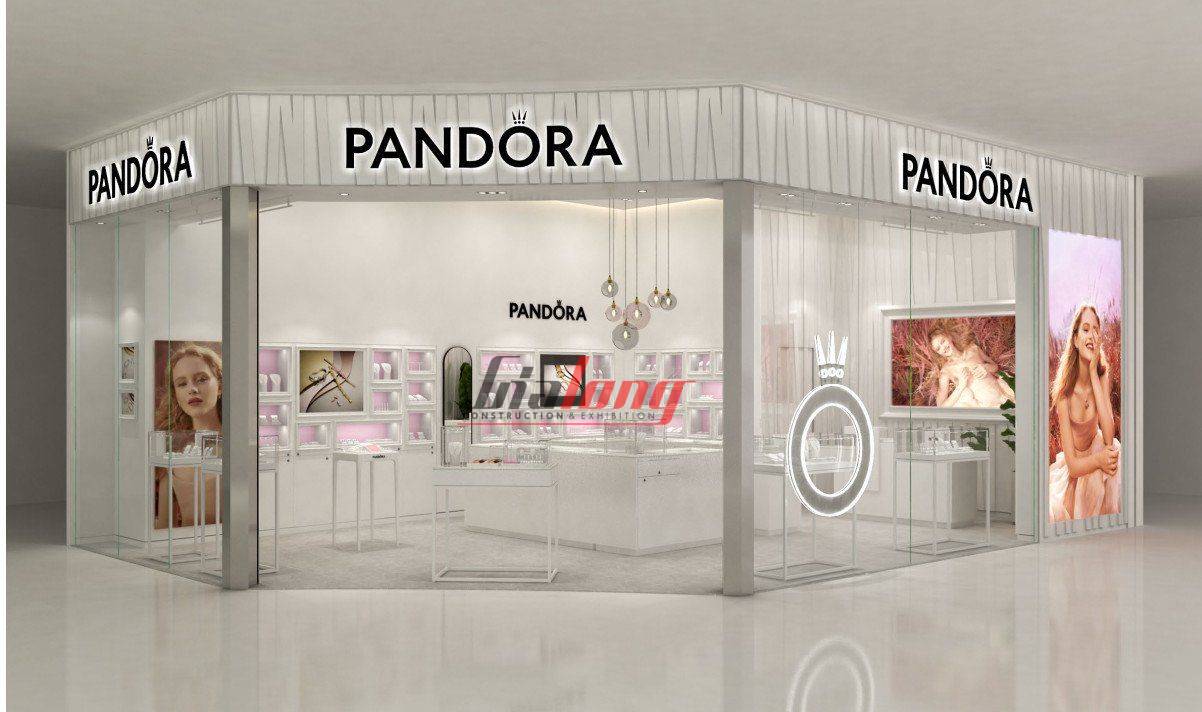
Gia Long – Company of complete store design and construction
Design and construct Showroom projects are Gia Long’s specialty, serving everything from small boutiques to large retail spaces. We understand that every store has its budget and goals, so our team offers tailored solutions: hourly consultations, full design packages, or full construction management. With over 20 years of experience, Gia Long ensures cost-effective, beautiful, and sales-boosting designs. Contact us today for a free quote and turn your store vision into reality!
>>> See more: Shop Interior Design Ideas for Different Retail Types

